But with imaging requests, scheduling, interpretations, and documentation often managed manually, orthopedic practices face mounting inefficiencies and delays.
That’s why more clinics are turning to AI to streamline the imaging triage process — especially during high patient volumes and staffing shortages.
In this article, we’ll explore how the right AI can optimize every step of the imaging workflow, the platforms leading the charge, and how orthopedic clinics can reduce diagnostic delays and provider workload.
Why Imaging Triage is a Bottleneck in Orthopedics
The imaging journey in orthopedics isn’t just about taking an X-ray or MRI. It involves:
- Ordering the right study based on symptoms
- Ensuring payer requirements (e.g., prior authorization) are met
- Routing patients to in-house or third-party imaging centers
- Coordinating scheduling, documentation, and follow-ups
- Retrieving and interpreting results, then integrating them into the patient record
This involves multiple teams, platforms, and steps — many of which are prone to delays or errors when done manually. In busy orthopedic clinics, this bottleneck slows care and increases admin burden.
How AI Optimizes Imaging Triage
AI automation platforms are changing the game for orthopedic imaging by acting as intelligent co-workers that:
1. Triage Imaging Requests Automatically
AI agents can analyze clinical notes or referral data to suggest or validate imaging orders — ensuring the right modality and body part are selected.
- Example: AI reads a patient’s intake form and flags that an MRI (not X-ray) is indicated based on mechanism of injury and pain location.
2. Pre-Screen for Prior Authorization
Instead of having staff manually verify payer rules, AI can cross-reference imaging orders against payer databases and flag what requires prior auth — or even begin the process automatically.
3. Route to the Right Imaging Partner
AI systems can automatically suggest or book with in-network imaging centers based on location, insurance coverage, and availability.
4. Integrate Imaging Into the EHR Faster
Once results are ready, AI tools can automatically attach them to the correct patient chart, extract key findings, and summarize them for providers — cutting down chart review time.
5. Coordinate Follow-Up Scheduling
If results show a surgical need or follow-up is recommended, AI can trigger downstream scheduling workflows — saving front desk time and keeping patients from falling through the cracks.
Benefits of AI-Powered Imaging Workflows
Orthopedic practices using AI to triage imaging have reported:
MetricImprovementTime from order to scan30–50% fasterManual chart review time60% reductionPrior auth denialsDown by 40–60%Missed imaging follow-upsNearly eliminatedStaff time saved per order5–10 minutes
The impact is especially significant in urgent care ortho centers, sports medicine, and high-volume surgical practices.
Top AI Platforms for Imaging Triage in Orthopedics
Here’s how leading solutions compare:
PlatformStrengthsGapsHoney HealthBuilt for ortho workflows, integrates imaging triage with fax intake, surgical planning, and chart prepNot a PACS vendor — works with your existing imaging systemsCureMetrix / Viz.aiStrong image interpretation AI for radiology departmentsLimited EHR integration or triage/schedulingAwellGreat for custom decision trees and workflow automationMore general — not ortho-specificCleerlyFocused on cardiology — strong AI, but less relevant to musculoskeletal imagingNiche specializationRad AIRadiologist-focused documentation toolsDoesn’t handle scheduling or front-office workflow
Why Honey Health is a Fit for Ortho Imaging Triage
While most AI companies focus on radiologists or imaging centers, Honey Health builds AI agents for orthopedic clinics. That means it:
- Integrates imaging into referral, charting, and surgical workflows
- Uses AI to extract imaging needs from faxes or referral PDFs
- Triages patients based on urgency and payer rules
- Helps clinics route imaging orders efficiently — including to in-house centers
In other words, Honey doesn’t just speed up one step — it stitches together the whole imaging journey for orthopedic teams.
Conclusion: AI as the Imaging Traffic Controller
Think of AI like an air traffic controller for imaging in your orthopedic practice. It doesn’t replace your radiologist or imaging partners — it makes sure the right studies get done at the right time, with the right documentation, and without making your staff chase down results or scan paperwork.
If you’re still relying on spreadsheets, sticky notes, or inboxes to manage imaging workflows, it’s time to let AI take over the triage. The result? Faster care, fewer errors, and a calmer clinic.

